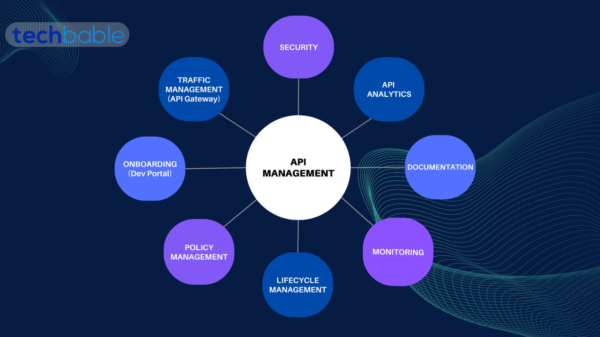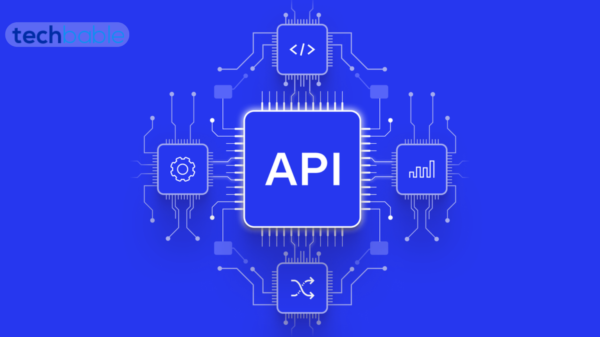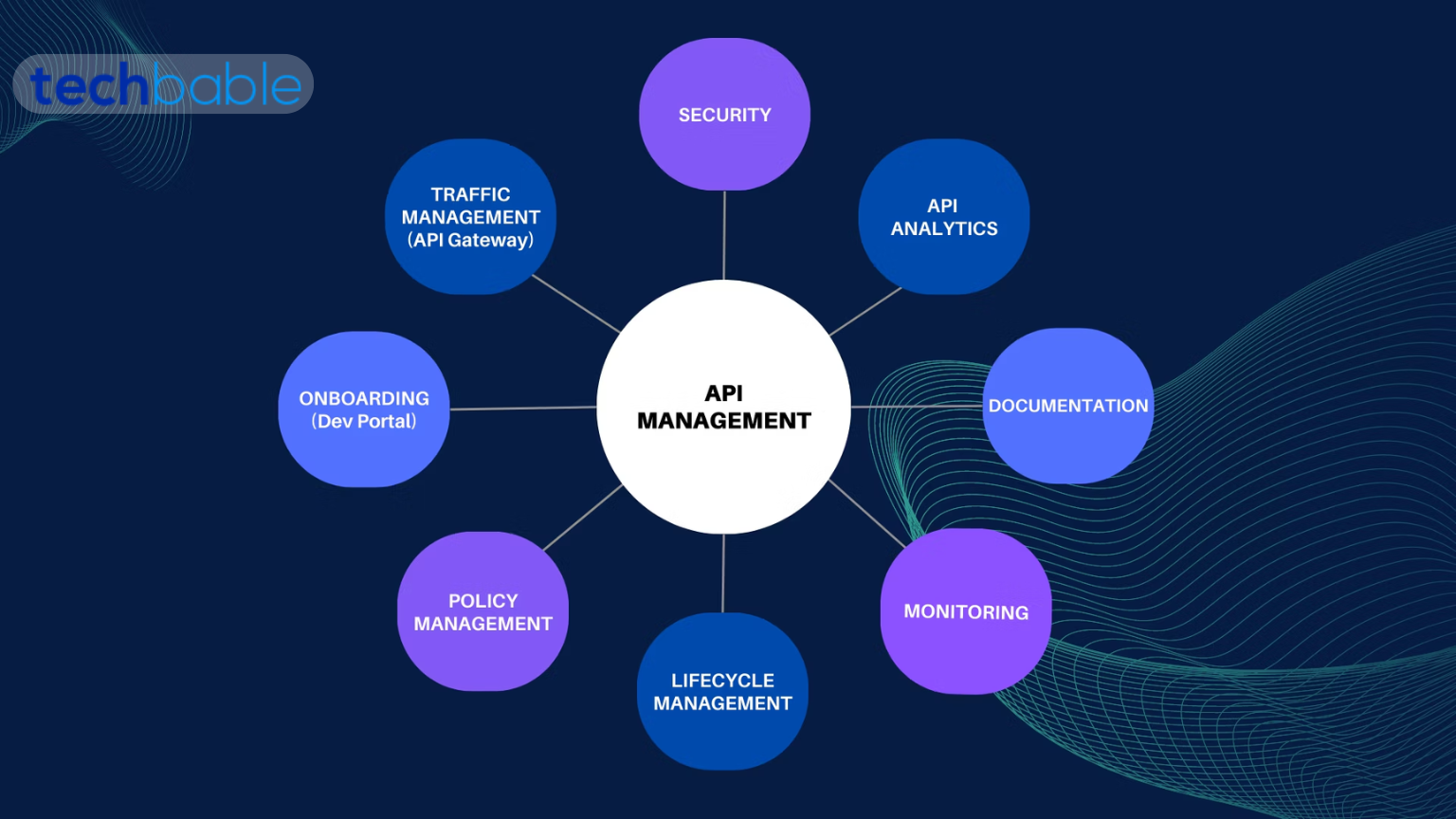What are Multi-Cloud API Management Benefits and Automation’s API Lifecycle Impact? Understanding the benefits of Multi-Cloud API Management and the impact of automation on the API lifecycle is essential for businesses navigating today’s complex digital landscape. It empowers them to harness the full potential of multi-cloud environments and leverage automation to drive efficiency, agility, and innovation in their API-driven initiatives.
This article delves into the advantages of multi-cloud API management and explores how automation can significantly enhance the API lifecycle.
1. Enhanced Flexibility
Managing APIs across multiple cloud providers allows organizations to leverage each platform’s unique features and services. This flexibility enables businesses to avoid vendor lock-in and tailor their solutions to meet specific requirements.
2. Improved Scalability
Multi-cloud API management facilitates dynamic scalability, allowing resources to be seamlessly scaled up or down based on demand. Organizations can effectively handle fluctuating traffic volumes and ensure optimal performance by distributing workloads across different cloud providers.
3. Increased Reliability
Distributing APIs across multiple cloud environments enhances reliability by reducing the risk of downtime due to provider outages or maintenance. This redundancy ensures continuity of service and minimizes the impact of potential disruptions.
4. Enhanced Security
Multi-cloud API management enables organizations to implement robust security measures across different cloud platforms, such as encryption and access control. This approach helps mitigate security risks and ensures industry regulations and standards compliance.
5. Cost Optimization
Organizations can optimize costs by leveraging multiple cloud providers and selecting the most cost-effective services for their workloads. Additionally, multi-cloud strategies enable businesses to take advantage of pricing fluctuations and discounts offered by different providers.
6. Vendor Diversification
Relying on a single cloud provider can expose organizations to risks associated with vendor dependencies. Multi-cloud API management allows businesses to diversify their vendor portfolio, reducing reliance on any single provider and mitigating related risks.
7. Seamless Integration
Effective multi-cloud API management facilitates seamless integration with existing systems and applications, regardless of the underlying cloud infrastructure. This interoperability simplifies the development and deployment of new services and ensures compatibility across diverse environments.
8. Increased Agility
The agility offered by multi-cloud environments enables organizations to adapt quickly to changing business requirements and market conditions. By efficiently managing APIs across multiple clouds, businesses can rapidly deploy new services and scale operations as needed.
9. Simplified Governance
Centralized management of APIs across multiple cloud platforms streamlines governance processes, ensuring consistency and compliance with organizational policies. This unified approach simplifies auditing, monitoring, and reporting, enhancing overall governance capabilities.
10. Automation in API Lifecycle
Automation plays a pivotal role in optimizing the API lifecycle, encompassing design, development, testing, deployment, and maintenance stages. Organizations can accelerate time-to-market, improve efficiency, and reduce manual errors by automating repetitive tasks and workflows.
11. Design Phase Automation
During the design phase, automation tools can streamline API specification and documentation processes, ensuring adherence to best practices and standards. Automated validation and testing tools help identify potential issues early in the development cycle, enhancing overall quality.
12. Development and Deployment Automation
Automation accelerates the development and deployment of APIs by automating code generation, build processes, and deployment pipelines. Continuous integration and continuous deployment (CI/CD) pipelines enable seamless integration of new features and updates into production environments.
13. Testing Automation
Automated testing frameworks facilitate comprehensive API testing, including functional, performance, and security testing. By automating test case generation and execution, organizations can improve test coverage, identify defects early, and ensure the reliability of APIs.
14. Monitoring and Maintenance Automation
Automation tools enable proactive API performance, availability, and monitoring of security metrics. Automated alerting and remediation processes help detect and address real-time issues, minimizing downtime and enhancing overall reliability.
15. Continuous Optimization
Automation fosters continuous API optimization by analyzing usage patterns, performance metrics, and user feedback. This data-driven approach enables organizations to iteratively improve API design, functionality, and scalability to meet evolving business needs.
16. Disaster Recovery and Resilience
Multi-cloud API management enhances disaster recovery capabilities by replicating APIs and data across geographically dispersed cloud providers. Automation simplifies the orchestration of failover and recovery processes, ensuring business continuity and resilience in the face of unforeseen events.
17. Compliance and Regulatory Adherence
Effective multi-cloud API management ensures compliance with industry regulations and data protection laws across different jurisdictions. Automation tools can enforce policy-based controls, audit trails, and data encryption, facilitating adherence to regulatory requirements and mitigating legal risks.
18. Scalable Governance Frameworks
Automation enables the implementation of scalable governance frameworks that adapt to the evolving needs of multi-cloud environments. Organizations can consistently maintain governance standards across diverse cloud platforms by automating policy enforcement, access controls, and compliance checks.
19. Resource Optimization
Automation tools assist in optimizing resource utilization across multiple cloud platforms, ensuring efficient allocation and management of compute, storage, and networking resources. Organizations can minimize costs and maximize performance by dynamically adjusting resource allocations based on workload demands.
20. Enhanced Collaboration
Multi-cloud API management and automation foster collaboration among development, operations, and security teams. Automation streamlines communication, accelerates feedback loops and promotes a culture of collaboration and innovation, ultimately driving business success in multi-cloud environments.
Conclusion
In short, Multi-cloud API management offers numerous benefits, including enhanced flexibility, scalability, reliability, security, and cost optimization. By leveraging automation throughout the API lifecycle, organizations can improve efficiency, agility, and reliability while accelerating innovation and delivering superior digital experiences. Embracing multi-cloud strategies and automation tools is essential for organizations seeking to thrive in today’s dynamic and competitive landscape.
































